How to Use System Restore on Windows 7
Perform System Restore
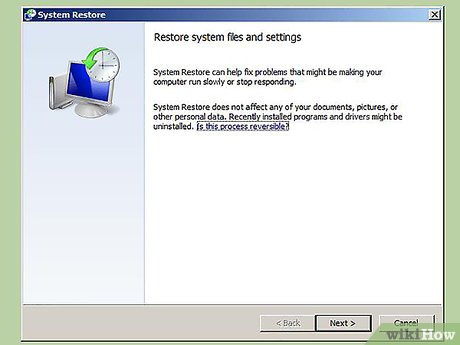
Learn how System Restore works. Any time you change settings on your computer, Windows creates a System Restore point. Basically taking a snapshot of the computer before making changes (installing or removing programs, updating the hard drive, etc). If something goes wrong while making a change, you can use a System Restore point to roll your computer back to the point in time before the change without worrying about losing data.
System restore doesn't affect your personal files, but it doesn't hurt to back up your files just in case something goes wrong. Click here for instructions on how to quickly back up important files.
If your computer won't boot into Windows, read the troubleshooting section.
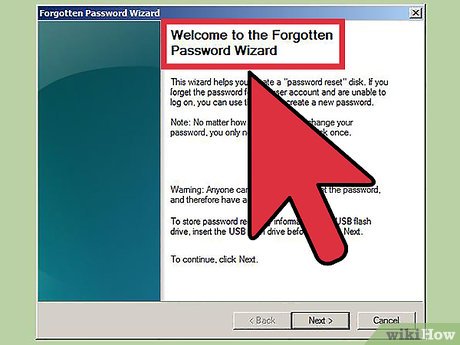
Create a drive reset password (optional). You are advised that if you have recently changed your password, the recovery process may restore your old password. Refer to the article for instructions on how to create a password to reset the drive.

Click the Start menu and type "system restore". Select "System Restore" from the search results list.

Select the restore point you want to use. Windows suggests the most recent restore point. If you need to select an older point, click the Next > button.
Check the "Show more restore points" dialog box to see all available restore points. There may not be many options because Windows automatically deletes restore points to make room.
Each restore point will have a short description of the change that created the point.
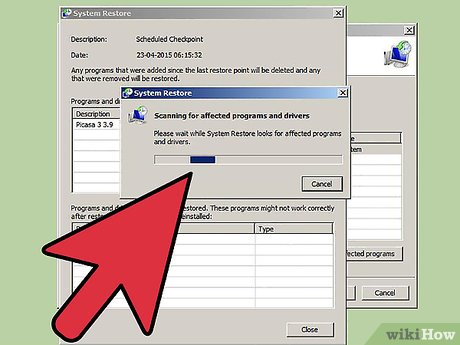
Click the button. Scan for affected programs after selecting a restore point. This allows display of all programs and hard drives reinstalled or removed when performing a system restore at this point.
Any programs installed after creating a restore point will be removed, while uninstalled programs will be reinstalled.
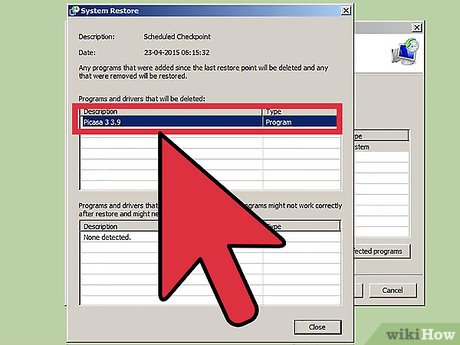
Preview restore points before executing. Before performing a system restore, preview the changes one last time. Click the Finish button to begin the restore process.
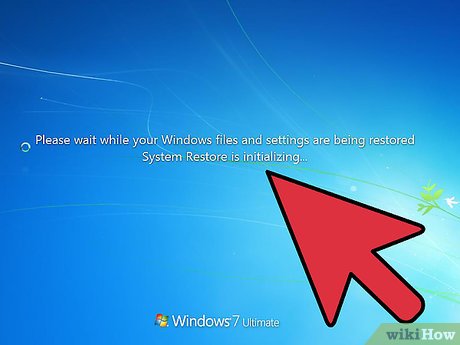
Wait for the restore process to complete. After confirming you want to restore, the computer will restart and proceed with the restore process. This process takes about a few minutes.
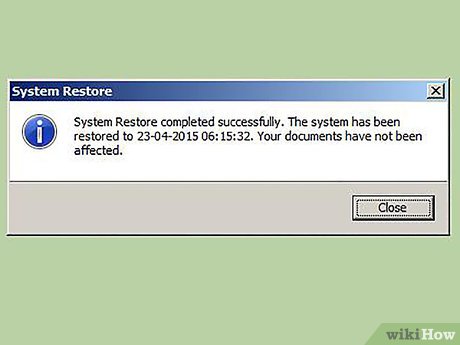
Confirm the restore was successful. After completing the restore, Windows will boot and a successful restore message will appear. Check your computer to see if the restore process has fixed the error. If not, you can try an older restore point.
If System Restore makes your computer worse or you want your computer to return to its original state, you can undo the most recent restore by running the System Restore tool again and selecting "Undo System Restore" (Uninstall System Restore).
Troubleshoot
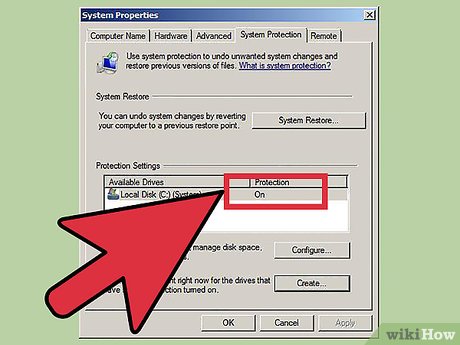
Make sure to enable System Restore. To use System Restore, you must enable this feature on your computer. If the feature is still not working, you should check to see if it is enabled.
Click the Start menu, right-click Computer, and then select "Properties."
Click the "System protection" link, then select the hard drive you want to run System Restore on.
Click on Configure. and remember to activate "Turn on system protection".
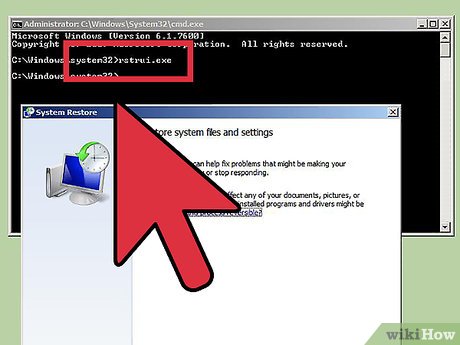
Run System Restore in Command Prompt if Windows does not start. You can run the System Recovery tool from the Command Panel if the Windows cannot start error appears.
Restart the computer and hold down the F8 key. This opens the Advanced Boot Options menu.
Select "Safe Mode with Command Prompt" from the Advanced Boot Options menu. Windows will download the important file and take you to the Command Panel.
Type rstrui.exeand press Enter. This will start the System Restore utility. Follow the instructions above to restore your computer. When performing a system restore in Safe Mode, you cannot cancel the operation.
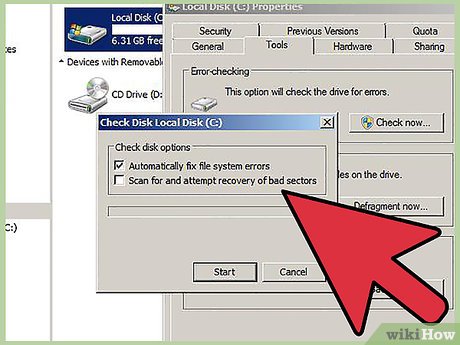
Turn on the Check Disk utility to check for hard drive problems. A failed hard drive can stop the System Restore process. Check Disk is likely to fix this problem.
Click Start, right-click Command Prompt, and select "Run as administrator."
Type chkdisk /rand press Enter.
Confirm reboot. Check Disk will run before Windows starts and scan for errors. It will try to fix the errors it finds.
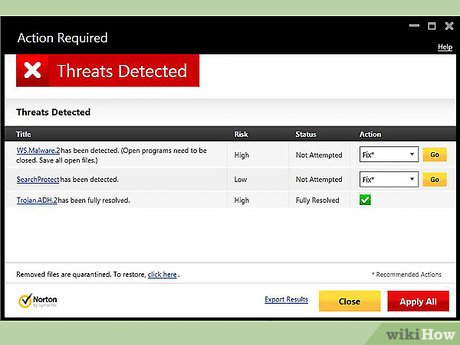
Scan for viruses and malware. Viruses can infiltrate the restore point, or disable the System Restore process. Removing the virus is the only way to get this tool working again, almost like a complete uninstallation of Windows.
Refer to the article on how to remove viruses online for more details.
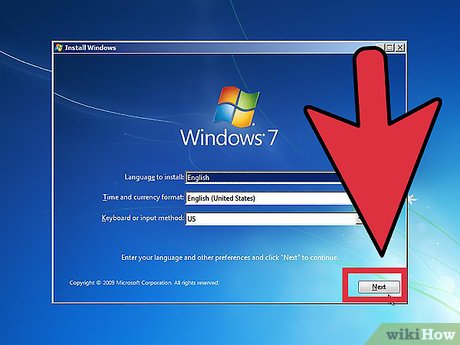
Consider reinstalling Windows if System Restore doesn't work. If everything doesn't work, the only fix is to reinstall the operating system. If you've backed up important files, the reinstallation process doesn't take as long as you might think and can also improve your computer's performance.
Refer to the article on how to reinstall Windows 7 online for more details.
Create a System Restore Point
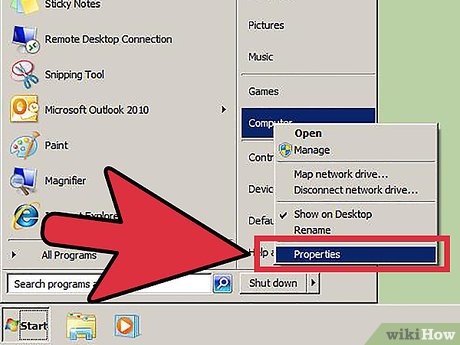
Click the Start menu, right-click "Computer," then select "Properties." You can create your own System Restore point, which is beneficial if the system is working fine and you need a correlation point to restore to if something goes wrong.
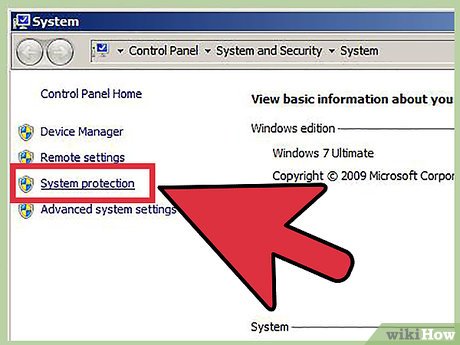
Select "System protection" in the left pane. This opens the System Properties window and accesses the System Protection tab.
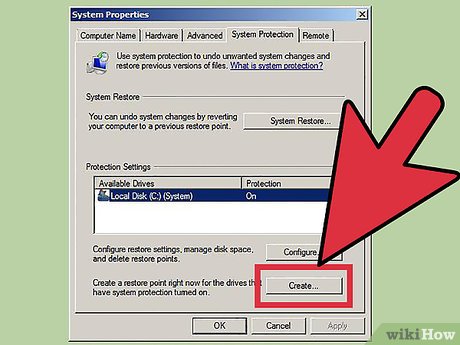
Select button. Create. (Create). You are asked to enter a short description to easily identify the point later.
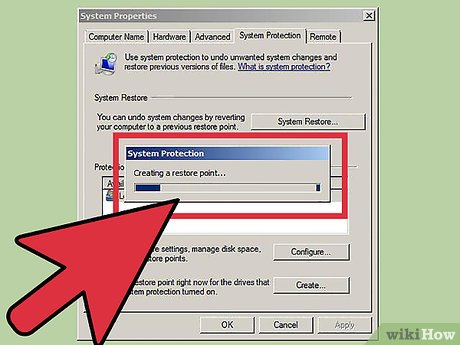
Wait for the restore point to be created. This process may take a few minutes.
Restore points come in many sizes, but by Windows default it will take up 5% of your hard drive space. Older restore points are automatically deleted to make space for new ones.
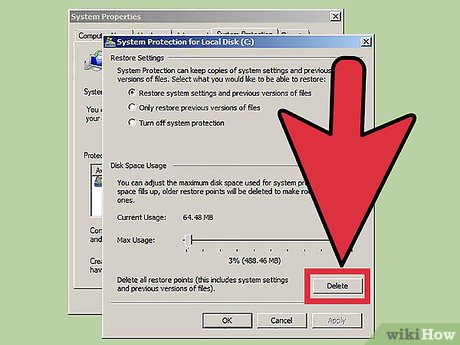
Manually delete old restore points. If you want more free space or are worried about a restore point being corrupted, you can delete all old restore points.
Open the System Protection tab in the "System Properties" window (see Step 1 of this section).
Click Configure. and select Delete to delete the entire restore point. Note that all freed space will also be used up when creating a new restore point.
Troubleshoot
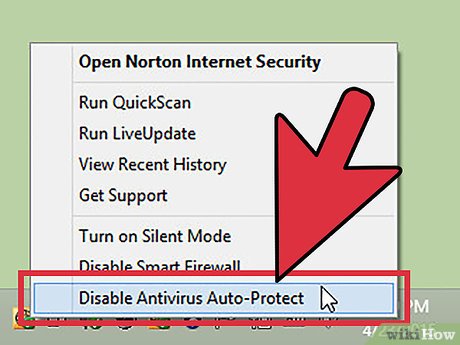
Disable your antivirus program if you cannot create a restore point. This program may cause conflicts during restore point creation. If you cannot create points, disabling your antivirus program is the fastest way to fix the problem.
You can disable your antivirus program by right-clicking the program icon in the System Tray and selecting "Disable" or "Stop."

Try creating a restore point in Safe Mode. If something on Windows is causing the problem, you can fix it by creating a restore point in Safe Mode.
To access Safe Mode, restart your computer and hold F8. Select "Safe Mode" in the Advanced Boot Options menu.
Follow the steps above to create a restore point in Safe Mode.
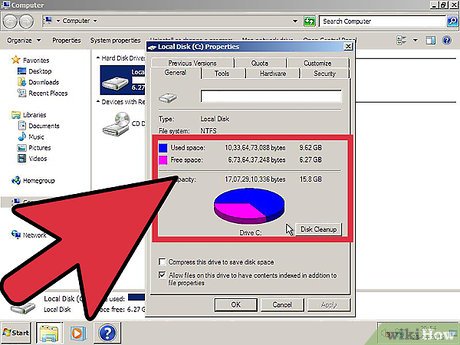
Make sure there is enough space to create a restore point. If there is not enough free disk space on the computer, you cannot create a restore point. Windows will not create restore points on hard drives smaller than 1GB.
Click Start and select "Computer".
Right-click on the Windows installation hard drive (usually the C: drive) and select Properties.
Make sure you have at least 300MB of free space on the drive. Normally you should leave at least 2-3GB free.
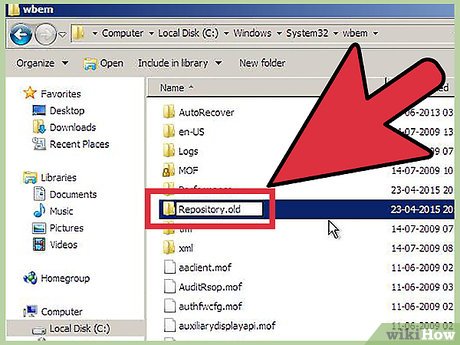
Try resetting the Windows Repository. Doing this may fix the problem of not creating a restore point.
Restart the computer and hold F8. Select "Safe Mode" in the Advanced Boot Options menu.
Select the Start menu, right-click Command Prompt, and select "Run as administrator."
Type net stop winmgmtand press Enter.
Click Start and select "Computer". Navigate to C:WindowsSystem32wbemand rename repositoryto repositoryold.
Restart your computer and access Windows as usual. Click the Start menu, right-click and select Command Prompt, then select "Run as administrator".
Type net stop winmgmtthen press Enter. Then type winmgmt /resetRepositoryand continue pressing Enter.
Restart your computer one last time and try creating a restore point.
You should read it
- Configure the System Restore feature in Windows 10
- Instructions for restoring the system on Windows
- How to Do a System Restore
- Instructions for creating backup and restore points (Restore Point) on Windows 10
- How to delete System Restore Points in Windows 10
- How to Restore Your Windows XP Computer
- 11 ways to open System Restore on Windows 11
- How to Manage System Restore Points Using CCleaner (Windows)
May be interested
- How to Do a System Restore
 this wikihow teaches you how to restore a previous version of your windows computer's operation. keep in mind that you will need to have a restore point on your computer in order to use system restore. if you want to restore a mac, you'll...
this wikihow teaches you how to restore a previous version of your windows computer's operation. keep in mind that you will need to have a restore point on your computer in order to use system restore. if you want to restore a mac, you'll... - How to Use System Restore on Windows 7
 when you come across a problem on your computer and you cannot seem to fix the issue, using system restore is probably your best bet. the system restore function on windows 7 allows you to roll back your computer to a previous time before...
when you come across a problem on your computer and you cannot seem to fix the issue, using system restore is probably your best bet. the system restore function on windows 7 allows you to roll back your computer to a previous time before... - Complete how to use all backup and restore tools on Windows 10
 windows 10 has many built-in backup and recovery tools so that users can select, exploit and use for the purpose of protecting their data and systems safely. microsoft brought back the windows backup backup tool that has been 'removed' in windows 8.1, the file history function has also been preserved and some backup options on the cloud and other system restore in important cases .
windows 10 has many built-in backup and recovery tools so that users can select, exploit and use for the purpose of protecting their data and systems safely. microsoft brought back the windows backup backup tool that has been 'removed' in windows 8.1, the file history function has also been preserved and some backup options on the cloud and other system restore in important cases . - How to Restore Your Windows XP Computer
 a system restore can help fix problems that might be making your computer run slowly or stop responding. it will return your system to an earlier point in time. your computer automatically creates restore points that allow you to restore...
a system restore can help fix problems that might be making your computer run slowly or stop responding. it will return your system to an earlier point in time. your computer automatically creates restore points that allow you to restore... - How to delete a system restore point in Windows 10
 this guide will show you how to delete all or specific system restore points for drives in windows 10.
this guide will show you how to delete all or specific system restore points for drives in windows 10. - Troubleshooting System Restore does not work on Windows 10/8/7
 when your computer is stable, is this what you always wanted? even if you have been very careful with the programs you download, regularly defragment your hard drive and do other things to make sure your computer system runs the best way. however, there are many problems that can arise without warning.
when your computer is stable, is this what you always wanted? even if you have been very careful with the programs you download, regularly defragment your hard drive and do other things to make sure your computer system runs the best way. however, there are many problems that can arise without warning. - How to fix System Restore error 0x80042306 in Windows
 error code 0x80042306 occurs when trying to create a restore point in windows. it prevents the creation of new restore points in the system.
error code 0x80042306 occurs when trying to create a restore point in windows. it prevents the creation of new restore points in the system. - How to backup and restore Windows 10 from System Image
 instructions to backup and restore windows 10 with image files to have the operating system as smooth as possible.
instructions to backup and restore windows 10 with image files to have the operating system as smooth as possible. - Restore the system due to a corrupted Registry in Windows XP
 you will have to use the steps in this article to restore the system due to a corrupted registry. when you have tried other ways such as system restore but still failed and you receive the same message as one of the following messages when you restart the computer with windows xp.
you will have to use the steps in this article to restore the system due to a corrupted registry. when you have tried other ways such as system restore but still failed and you receive the same message as one of the following messages when you restart the computer with windows xp. - Backup and restore Registry on Windows
 using the registry to edit the system is always one of the top choices of users and sometimes leads to situations that cause serious system failure.
using the registry to edit the system is always one of the top choices of users and sometimes leads to situations that cause serious system failure.




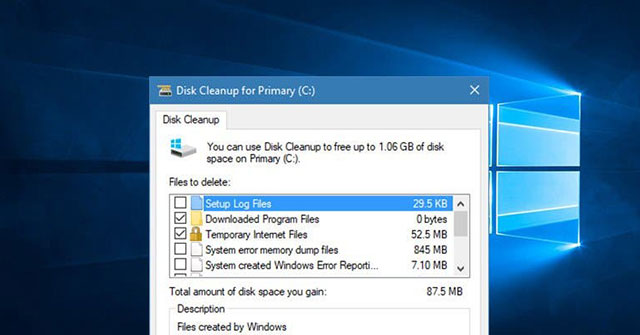





 How to Copy Files in Command Prompt
How to Copy Files in Command Prompt How to Record Screen Video on Windows 7
How to Record Screen Video on Windows 7 How to Type Hindi on PC
How to Type Hindi on PC How to Open Windows Explorer
How to Open Windows Explorer How to Open Files on Windows
How to Open Files on Windows Open folder in Command Prompt (CMD)
Open folder in Command Prompt (CMD)